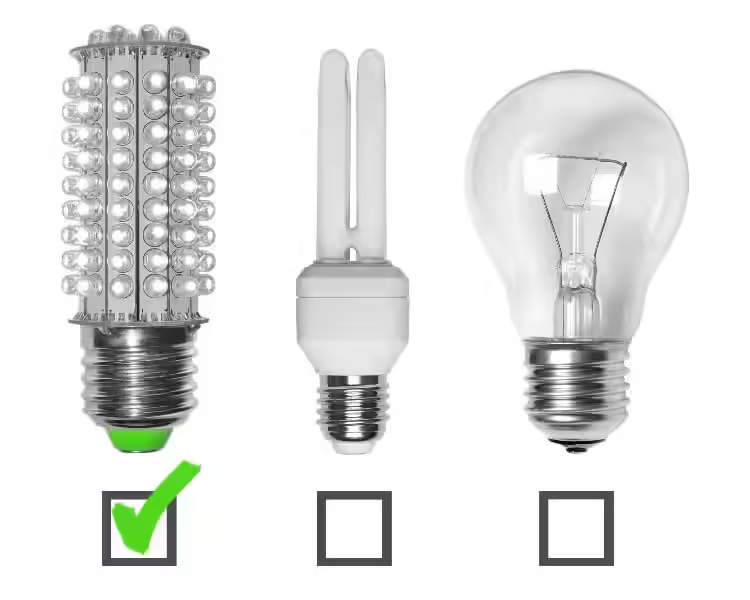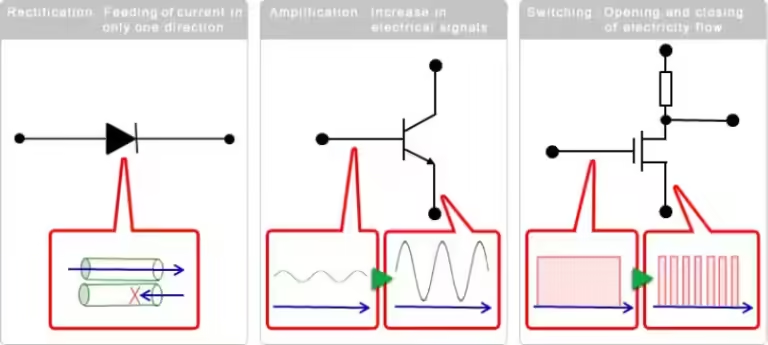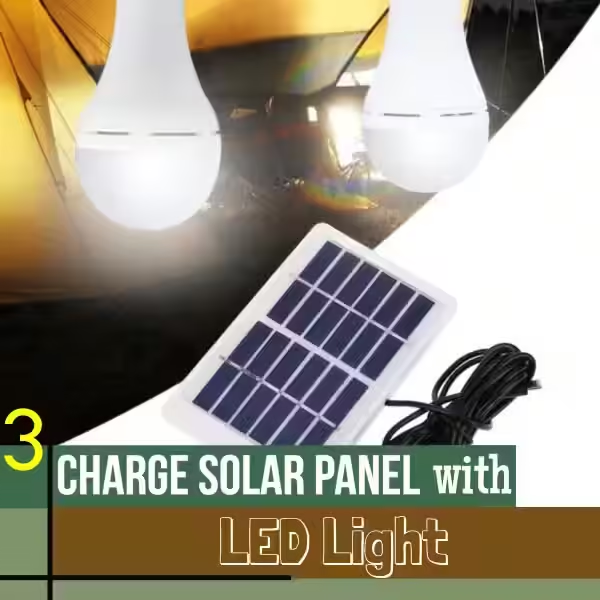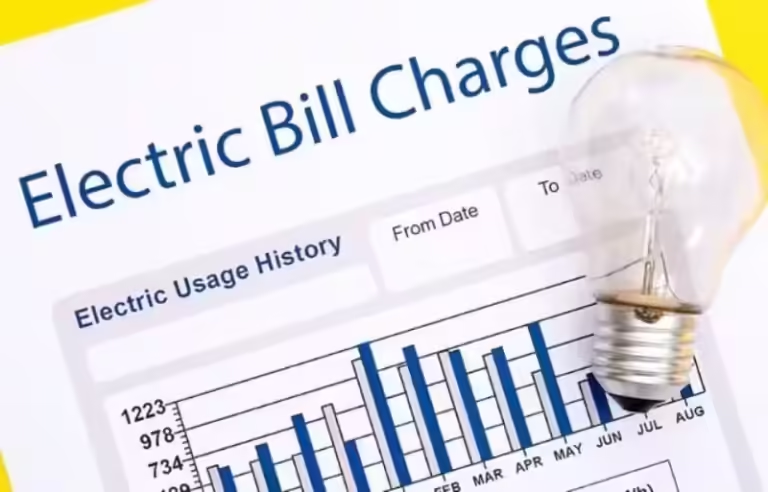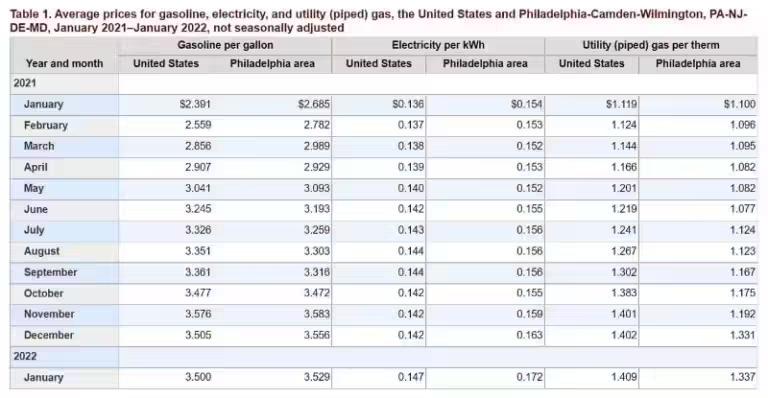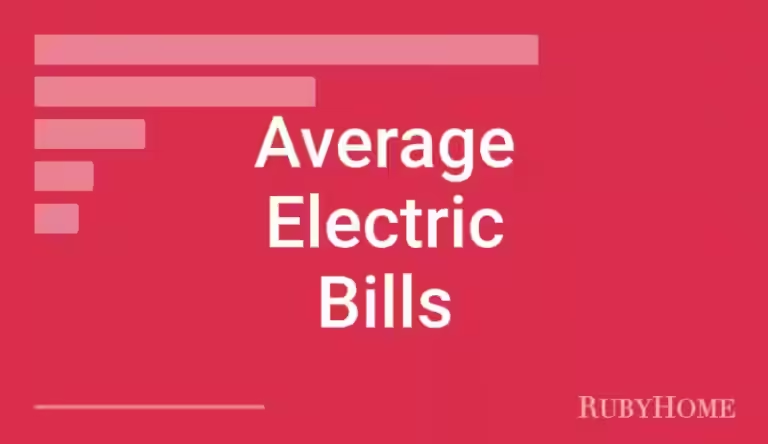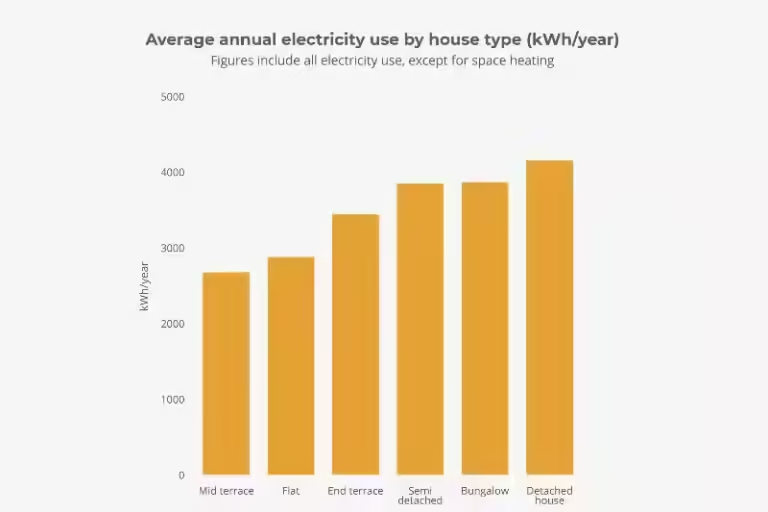LED vs Incandescent Light Bulbs: Which Is Right for You?

The world of light bulbs has evolved significantly, with energy-efficient options like LEDs dominating the market. While incandescent bulbs remain readily available, they are steadily being replaced by more advanced technologies. So, how do you choose the right bulb for your needs? This article dives into the differences between LED and incandescent light bulbs, exploring their pros and cons to help you make an informed decision.
The Rise of LEDs: A Technological Revolution
LEDs, or Light Emitting Diodes, have revolutionized the lighting industry. Unlike incandescent bulbs that rely on a heated filament to produce light, LEDs utilize a semiconductor material that emits light when electricity passes through it. This fundamental difference in technology results in several key advantages for LEDs:
Energy Efficiency: A Significant Advantage
LEDs are significantly more energy-efficient than incandescent bulbs. While incandescent bulbs waste a large amount of energy as heat, LEDs convert up to 90% of energy into light. This means LEDs use less electricity to achieve the same brightness as an incandescent bulb. Imagine leaving a 60-watt incandescent light bulb on for an hour. It would consume the same amount of energy as a 10-watt LED bulb.
For example, if you switch from a 60-watt incandescent bulb to a 10-watt LED bulb, you'll save over 80% in energy consumption. Think of the cost savings on your electricity bill and the reduced carbon footprint!
Lifespan: Long-Lasting Illumination
LEDs are renowned for their incredibly long lifespans, typically lasting 25,000 to 50,000 hours. This is a stark contrast to incandescent bulbs, which only last around 1,000 hours. This means you'll need to replace LEDs far less often, saving you money and time in the long run.
Imagine having to replace a light bulb in a high-traffic area every few months. With LEDs, you can forget about that hassle for years!
Design Flexibility: Tailored Lighting Solutions
LED technology offers incredible design flexibility. They are available in various shapes, sizes, and colors, allowing for diverse lighting solutions. Whether you need bright, focused light for task lighting or a warm, ambient glow for decorative purposes, LEDs have a solution.
Think about the possibilities for your home or business! You could have trendy, colorful LED strips for accent lighting, sleek LED spotlights for highlighting artwork, or even energy-efficient LED bulbs in various shapes to match your existing fixtures.
Incandescent Bulbs: A Familiar Glow
Incandescent bulbs have been a staple in homes and businesses for decades, offering a familiar warm glow and easy dimming capabilities. However, their popularity is dwindling due to their energy inefficiency and short lifespan.
Warm Glow and Dimming Capabilities
Incandescent bulbs emit a warm, soft light that many find comforting and inviting. Their ability to be dimmed easily offers additional control over the lighting ambiance.
Think about the cozy atmosphere created by a dim light bulb in a living room or the soft illumination of a bedside lamp. Incandescent bulbs have a specific appeal for creating a warm and inviting ambiance.
Cost-Effective Upfront
Incandescent bulbs are generally cheaper upfront than LEDs. However, this initial cost advantage is quickly outweighed by the long-term costs associated with frequent bulb replacements and high energy consumption.
You might find yourself tempted by the lower initial cost of incandescent bulbs, but remember, they will need to be replaced much more frequently, driving up the overall cost over time.
Making the Right Choice: LED vs Incandescent
So, which type of bulb is right for you? The answer depends on your specific needs and priorities.
LEDs: The Future of Lighting
LEDs are the clear winner in terms of energy efficiency, lifespan, and design flexibility. They offer significant cost savings and environmental benefits in the long run. While the initial investment might be higher, LEDs are the most cost-effective and sustainable choice for both businesses and individuals.
Incandescent Bulbs: A Niche Application
Incandescent bulbs still have a place in specific niche applications where their warm glow and dimming capabilities are desired. However, for everyday lighting needs, LEDs are the superior choice.
Beyond the Basics: Exploring Other Options
While LED and incandescent bulbs are the most common, other light bulb types are available, including CFLs (Compact Fluorescent Lamps). CFLs offer improved energy efficiency compared to incandescent bulbs but are not as energy-efficient or long-lasting as LEDs.
Ultimately, the best light bulb for you will depend on your specific needs and priorities. Consider factors like energy efficiency, lifespan, cost, and the desired lighting ambiance when making your decision.
Frequently Asked Questions about LED and Incandescent Light Bulbs
What are the main differences between LED and incandescent light bulbs?
LED bulbs utilize a microchip and tiny LEDs to emit light, while incandescent bulbs use a filament that is heated to produce light.
Which type of bulb is more energy efficient?
LED light bulbs are significantly more energy efficient than incandescent bulbs. They convert 80-90% of energy into light, while incandescents waste 80-90% as heat.
How long do LED and incandescent bulbs last?
LED bulbs have a much longer lifespan than incandescent bulbs. LEDs typically last 25,000-50,000 hours, while incandescents last around 1,000 hours.
Are LED bulbs brighter than incandescent bulbs?
LED bulbs can achieve similar or higher brightness with lower wattage, making them more energy-efficient.
What about the light quality?
While incandescent bulbs offer a warm, soft glow, LEDs have advanced to replicate this warmth and offer various color options.
Are LED bulbs safe to use?
LEDs emit minimal heat, reducing fire hazards and burns. They also do not contain hazardous mercury.
What about the cost?
LEDs have a higher initial investment but are more cost-effective in the long run due to lower energy consumption and longer lifespan.
Which type of bulb is better for commercial use?
LEDs consistently outperform incandescent bulbs in terms of energy efficiency, lifespan, design flexibility, safety, and cost-effectiveness.
Do LED bulbs need a warm-up time?
LEDs provide instant light, while incandescents require a warm-up period.

